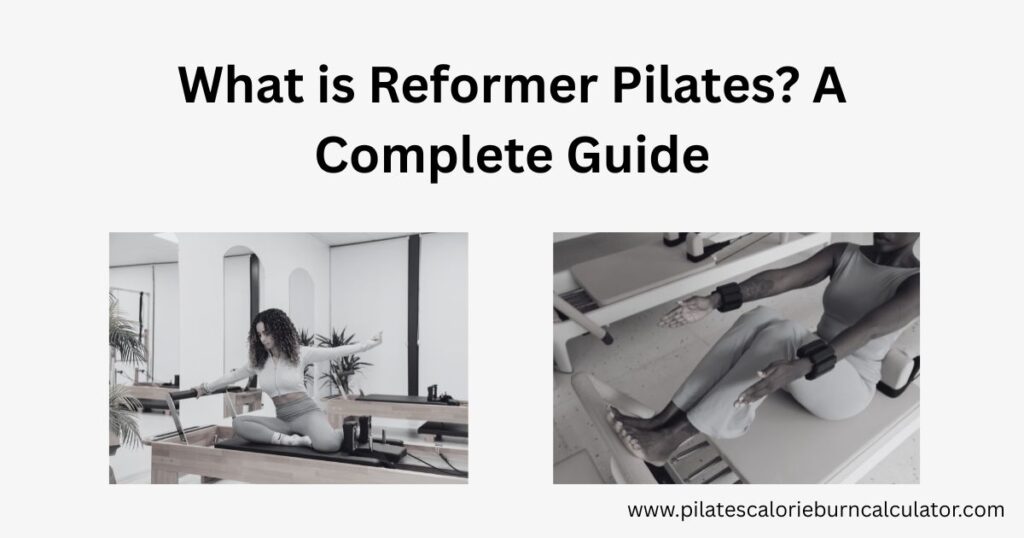
Reformer Pilates is a highly effective, low-impact workout that uses a specialized machine to improve strength, flexibility, and posture. Unlike traditional mat Pilates, the reformer adds resistance through springs, straps, and a moving carriage, allowing for a wider range of controlled movements. Developed from Joseph Pilates’ original exercises, this modern adaptation is popular in studios worldwide for its ability to tone muscles, enhance mobility, and support injury rehabilitation.
How Does a Reformer Machine Work?
The Pilates reformer consists of:
A sliding carriage (where you sit, lie, or stand)
Adjustable springs to modify resistance
Straps and ropes for arm and leg exercises
A footbar for stability and leverage
By pushing or pulling against the springs, users engage their muscles dynamically, making workouts adaptable for all fitness levels—from beginners to athletes.
Benefits of Reformer Pilates
Full-Body Conditioning – Works multiple muscle groups simultaneously, including the core, arms, legs, and back.
Low-Impact & Joint-Friendly – Ideal for injury recovery or those with joint pain.
Improves Posture & Alignment – Strengthens the deep stabilizing muscles for better spinal support.
Enhances Flexibility & Mobility – Lengthens muscles while building strength, reducing stiffness.
Boosts Mind-Body Connection – Focuses on precision and controlled breathing for mental relaxation.
Customizable Intensity – Resistance can be adjusted for gentle rehab or challenging strength training.
Who Should Try Reformer Pilates?
Beginners – Instructors can modify exercises for ease.
Athletes – Enhances performance and prevents imbalances.
Seniors – Improves balance and coordination.
Post-Rehab Patients – Aids in recovery with controlled movements.
Pregnant Women (with modifications) – Supports pelvic floor strength.
What to Expect in a Reformer Pilates Class
A typical session (45-60 minutes) includes:
Warm-up (gentle stretches and breathing exercises)
Core-focused movements (e.g., Hundred, Abdominal Series)
Leg & glute exercises (e.g., Footwork, Side Splits)
Upper-body work (e.g., Arm Circles, Rowing)
Cool-down (stretching and relaxation)
Classes vary in intensity—some focus on slow, controlled movements, while others incorporate cardio elements like the Jumpboard for higher calorie burn.
Reformer Pilates vs. Mat Pilates
| Feature | Reformer Pilates | Mat Pilates |
|---|---|---|
| Equipment | Uses a reformer machine | Only requires a mat |
| Resistance | Adjustable springs | Bodyweight & small props (bands, rings) |
| Versatility | More exercise variations | Limited by gravity |
| Difficulty | Easier on joints, scalable resistance | Can be harder for beginners due to lack of support |
| Calorie Burn | Moderate to high (200-450 kcal/hour) | Lower (150-300 kcal/hour) |
Is Reformer Pilates Good for Weight Loss?
While not as intense as HIIT or running, Reformer Pilates contributes to weight management by:
Building lean muscle (which increases metabolism)
Improving posture (making you appear taller and slimmer)
Burning 200-450 calories per hour (depending on intensity)
For best results, pair it with cardio and a balanced diet.
Conclusion:
Reformer Pilates is a versatile, low-impact workout suitable for all fitness levels. Whether you’re recovering from an injury, looking to tone up, or simply wanting to move better, it offers a unique blend of strength, flexibility, and mindfulness.